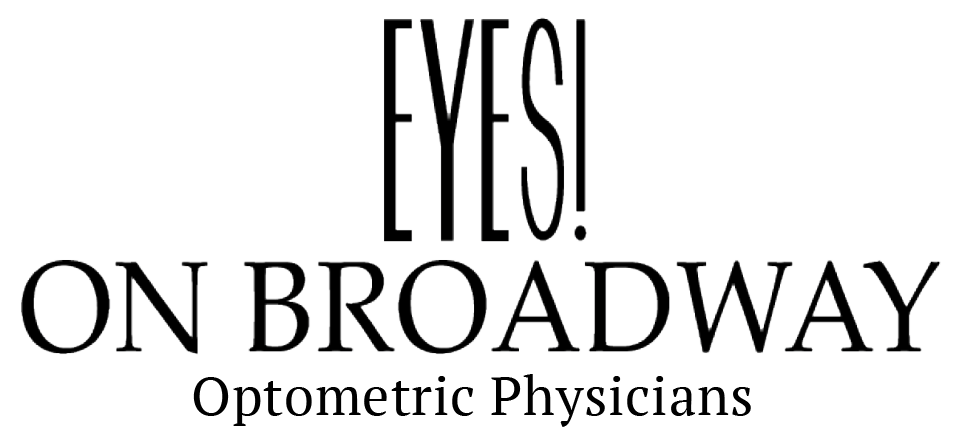The Coming Total Solar Eclipse: August 21, 2017
Nearly 40 years ago we had a total solar eclipse occur in our part of the U.S. In fact, I was about 10 years old and I remember building a solar eclipse viewer in my 4th grade classroom...because hey, it's really, really cool and kids (and the "uninformed") are just going to stare at such a spectacle and burn their eyes. So, with our viewers in-hand, the big day approached and, just like clockwork, day turned to night. The collective "wows" were quite audible and I recall people talking about this event for months and even years afterwards. SPECIAL NOTE: Eyes On Broadway is NOT selling eclipse glasses. Sorry for any confusion!
To be sure, one doesn't have to be a sci fi fan, space geek or otherwise to appreciate the incredible experience of seeing a solar eclipse in totality (the term for a full eclipse when the moon totally covers the sun). As the bright sun rapidly disappears, the temperature drops dramatically, the sky goes dark and the stars begin twinkling. An aura of light surrounds the black moon. A total solar eclipse is both beautiful and truly bizarre. So yes, almost 40 years later, here we are again...with this amazing display headed our way.
Tipped off by an eclipse lover at Eyes On Broadway, I was alerted to the upcoming eclipse and have it squarely on my calendar. August 21, 2017 is eclipse day where it will pass directly over I-5, about 15 miles south of Salem, Or., at about 10:17 a.m. Obviously you won't be planting your lawn chair in the path of an 18-wheeler, but rather finding a spot east or west of that location. Bare in mind, the sun is moving very fast behind the moon, so when the first eclipse shadows hit just north of Newport at 10:15 a.m., they arrive at the I-5 location a mere two minutes later. Being in direct alignment with the moon and the sun, as the sun passes behind the moon, is called "the path of totality." It is in this alignment that you experience a "total eclipse."
Travelers from across the world are converging on the US for the eclipse, and hotels, campgrounds, etc. are booking up very fast if they are in the path of the "totality event." Being inside this special zone means the eclipse will be "total", last the longest, and allow you to view it without special viewing glasses for the approximate 1 minutes 20 second period of total sun blockout. Anywhere out from this centered portion, where the sun is peeking around the edge of the moon at all, and it is mandatory to wear special eclipse viewing glasses or not look at all.
Use this handy, Google-map tool to find your "totality spot" for 8/21. Here are a few comments about viewing an eclipse in totality from famed astronomer and eclipse chaser Jay Pasachoff of Williams College in Massachusetts:
[su_quote]Though the rest of the continental U.S. will have at least a 55 percent partial eclipse, it won’t ever get dark there, and eye-protection filters would have to be used at all times even to know that the eclipse is happening. The dramatic effects occur only for those in the path of totality.
If you are in that path of totality, you are seeing the main event, but if you are off to the side — even where the sun is 99 percent covered by the moon — it is like going up to the ticket booth of a baseball or football stadium but not going inside.[/su_quote]
View this great video from Darrell Heath of the UALR Department of Arts, Letters, and Sciences, as he explores this year's total solar eclipse. My guess is (if you haven't already) you will be marking your calendar and making plans to be somewhere, directly in the totality path. That said, be sure to view the "How to Safely View a Solar Eclipse" section below. Just as it was when I was ten, even during an eclipse...staring at any portion of the sun will do SERIOUS damage to your eyes and may even cause permanent blindness. Don't make that mistake! That said, enjoy! Video Courtesy: UARLTV
How to Safely View a Solar Eclipse
Safety is key when viewing a solar eclipse, or when viewing the sun in general. NEVER look directly at the sun. Of course, we've all heard this our entire lives...and to be sure, even trying to look at the sun causes us to wince and look away. That said, there are safe ways to observe and eclipse.
There are a few ways to observe an eclipse safely. One is pretty old school, using a shoebox pinhole camera. That's what I built in the 3rd grade...and I suspect many kids and adults alike will be prepping one for themselves this summer. Here's a link on how to do that: build a pinhole camera for eclipse viewing.
You can also purchase special sunglasses made for viewing an eclipse. Check those out here at Rainbow Optics.
Here's an infographic from Space.com showing how to safely observe an eclipse, with credit going to SPACE.com contributor Karl Tate:
Lastly, here's video link, also from Space.com, that outlines how to safely view an eclipse.
If You Miss the Eclipse
Well, perhaps you plan way ahead and have already set up plans to be somewhere else on August 21, 2017. Aside from canceling and shifting your travel to view the eclipse, don't (entirely) despair...another total solar eclipse is coming in 2024. However, you'll have to travel a good bit farther to catch this next event, down to Texas or Mexico and up through the Midwest and NE U.S. See more about past and upcoming solar eclipses here. Good luck, have fun and be safe!!! Header Image Courtesy: Nasa.gov
